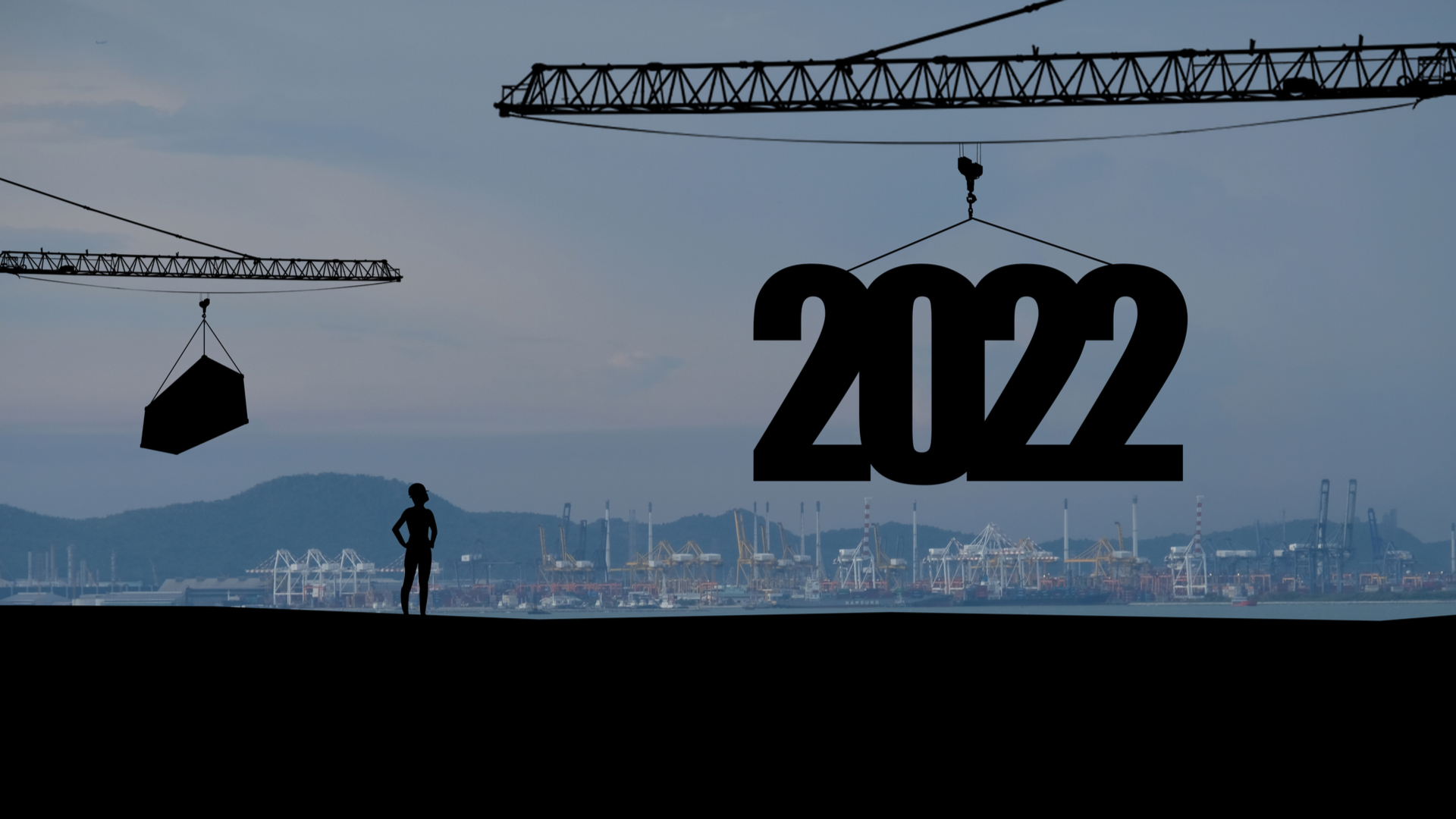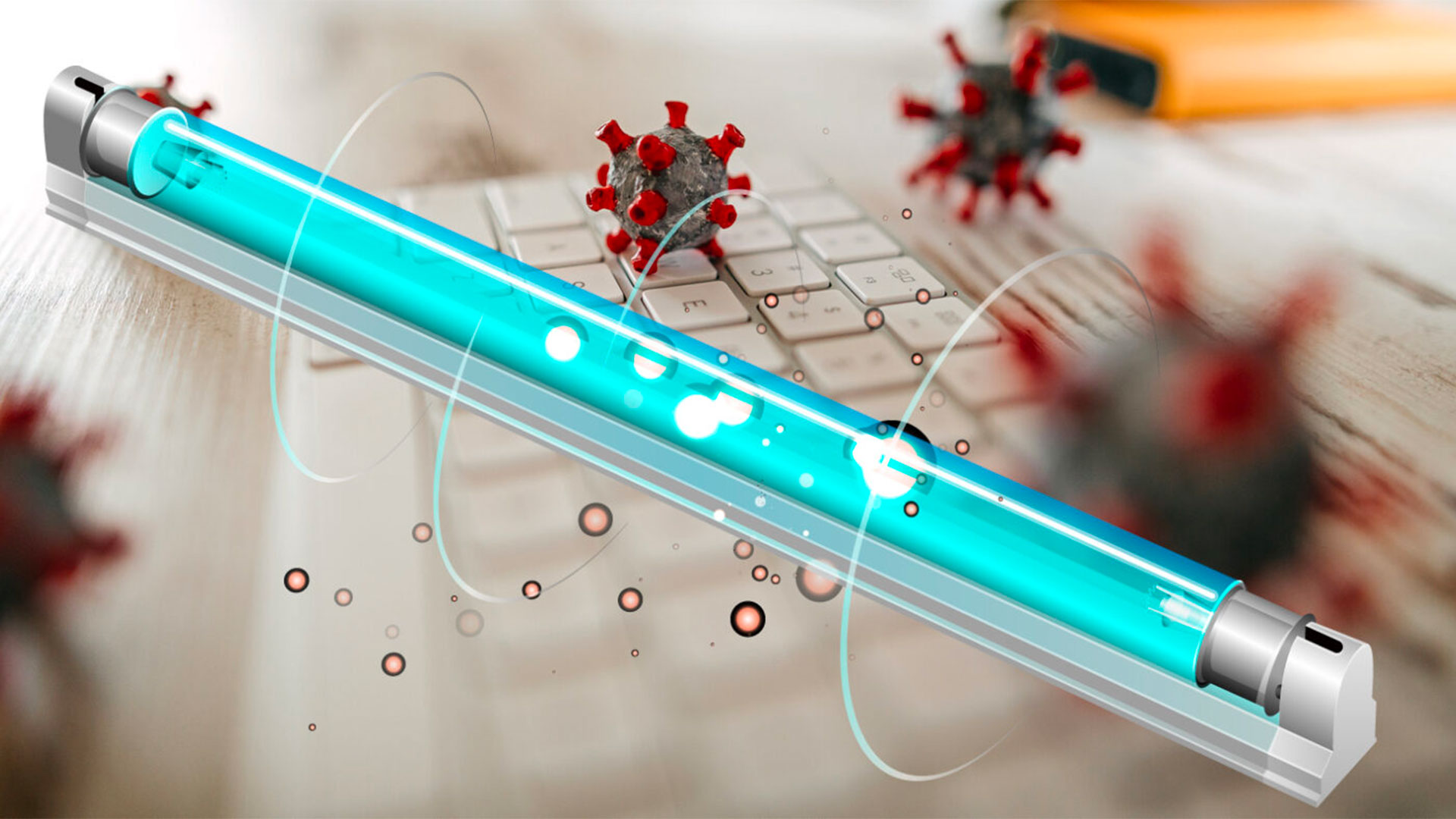New Construction Codes Effective 2022: Electrical Code Changes
The building code in Pennsylvania is known as the Uniform Construction Code (UCC). Enforcement of this code is handled either locally (by municipalities, townships, or contracted third-party reviewers) or by the state’s Department of Labor and Industry. Prior to 2018, the Pennsylvania UCC referenced the 2009 International Codes (I-Codes). In 2018, the UCC was updated … Read more






